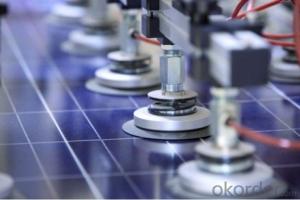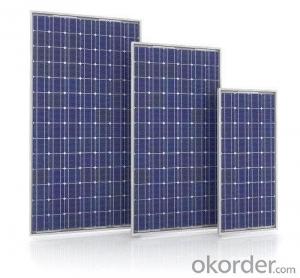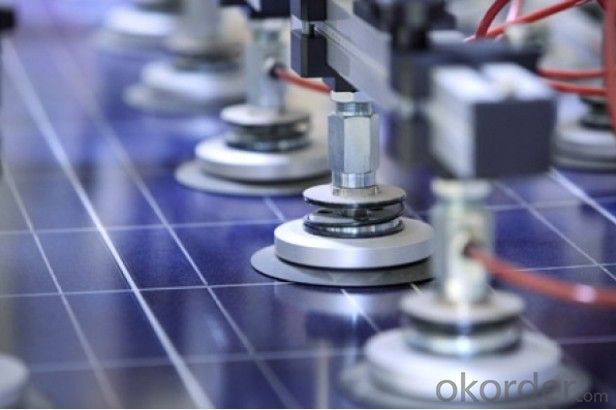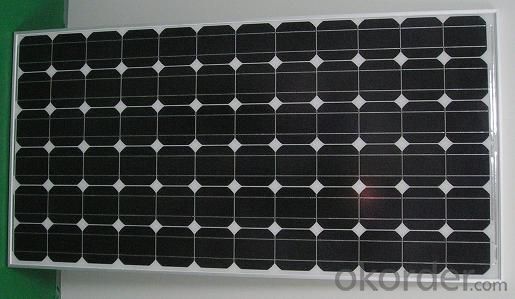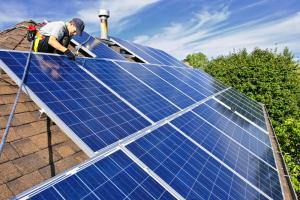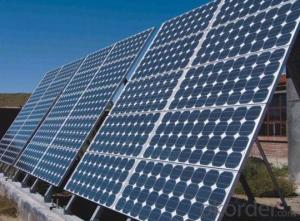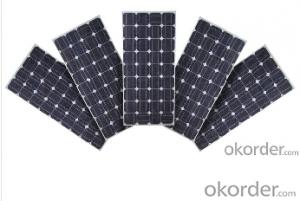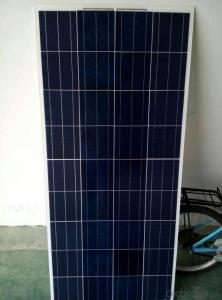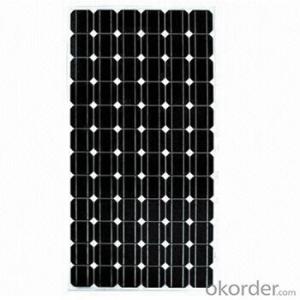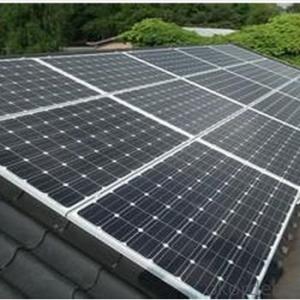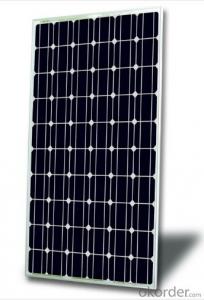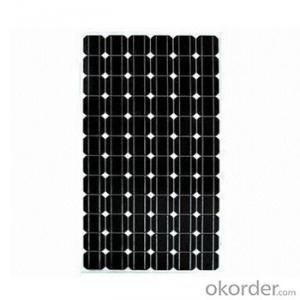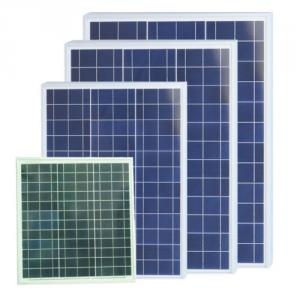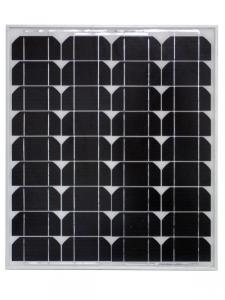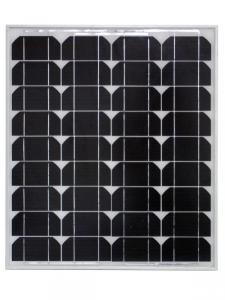Sungold Solar Panels - Monocrystalline Solar Panels Tire 1 Brand in China - 185-190W
- Loading Port:
- Shanghai
- Payment Terms:
- TT OR LC
- Min Order Qty:
- 10000 watt
- Supply Capability:
- 500000 watt/month
OKorder Service Pledge
OKorder Financial Service
You Might Also Like
Product Description:
Solar Monocrystalline Series Panels
Introduction of Monocrystalline Solar Panels
CNBM Solar photovoltaic (PV) Panel is designed for large electrical power requirements. It is the optimal choice for both on-grid and off-grid power systems. CNBM Solar panel offers high performance of power per square foot of solar array. Monocrystalline silicon(c-Si): often made using the Czochralski process. Single-crystal wafer cells tend to be expensive, and because they are cut from cylindrical ingots, do not completely cover a square solar cell module without a substantial waste of refined silicon. Hence most c-Si panels have uncovered gaps at the four corners of the cells.
Characteristics of Monocrystalline Solar Panels
I Solar Cell : High efficiency crystalline solar cell. Even if under the weak light, the solar module can produce maximum power output.
II Tempered glass (toughened glass): Anti-reflecting coating and high transmission rate glass increase the power output and mechanical strength of solar module.
III EVA and TPT: Using high quality EVA and TPT to prevent destroying and water.
IV AI frame: Without screw, corner connection. 6 holes on the frame can be installed easily.
V Junction box: Multi function junction box with water proof.
VI Long lifetime: ≥25 years; Less power decrease
VII Good performance of preventing from atrocious weather such as wind and hails.
VIII Resisting moisture and etching effectively, not effected by geology.
Standard Test Conditions of Monocrystalline Solar Panels
The opto-electrical specifications shown below are stabilized values being measured at Standard Test Conditions, Irradiance: 1000W/m2, Spectrum: AM1.5 at 25°C, The info below is subject to manufacturing tolerances. Where appropriate minutes of measurement are available and are used for the dimensioning of the installation.
Advantages of Monocrystalline Solar Panels
• CNBM Solar performance guarantees for 25 years
• 12 years guarantee for workmanship
• Timeliness of delivery
CNBM International Corporation's products including Monocrystalline Solar Panel, Polycrystalline Solar Panel have received and enjoyed famous reputation in many countries and regions in the world .As a solar panel supplier in China, we strive to provide our customers with excellent service, superior products and unmatched value.
Characteristics of Monocrystalline Solar Panels
Characteristics of Monocrystalline Solar Panels
Max Power Voltage Vmp (V) | 36.27V | 36.5V |
Max Power Current Imp (A) | 5.1A | 5.2A |
Open Circuit Voltage Voc (V) | 45V | 45.2V |
Short Circuit Current Isc (A) | 5.5A | 5.6A |
Max Power Pm (W) | 185W | 190W |
Temperature Coefficient of Cells
NOCT | 47℃±2℃ |
Temperature Coefficients of Isc (%/℃) | 0.064 |
Temperature Coefficients of Voc (%/℃) | -0.33 |
Temperature Coefficients of Pmp (%/℃) | -0.45 |
Mechanical Data Solar Monocrystalline Series
Power | 185W/190W |
Dimension | 1580×808×40mm |
Weight | 15.5kg |
Tolerance | ±3% |
The dimension of the modules can be changed according to the demand of clients
Limits
Operating Temperature | –40 °C to +85°C |
Storage Temperature | –40 °C to +85°C |
Max System Voltage | 700V |
Guarantee Solar Monocrystalline Series Panels
Products Guarantee | 10 yrs free from defects in materials and workmanship |
Performance Guarantee | No less than 90% within 10yrs and no less than 80% within 25yrs |
Certificates | IEC, ISO, TUV, CE |
Examination of Monocrystalline Solar Panels
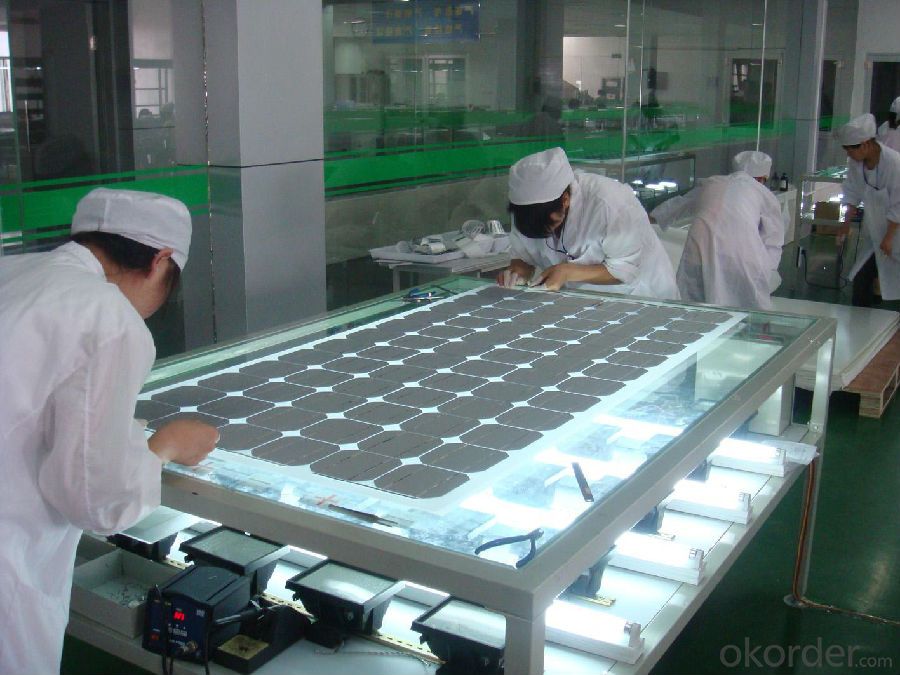
Our project reference
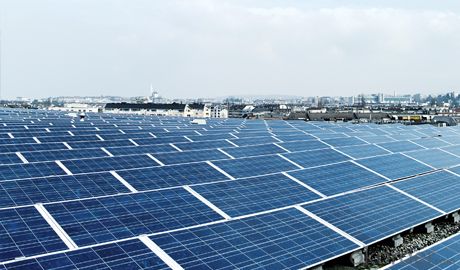
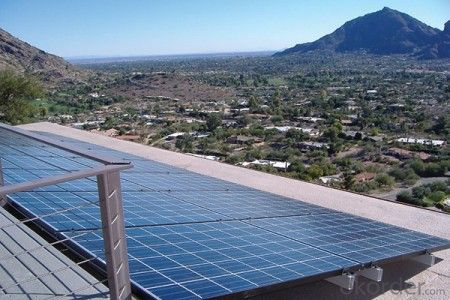
FAQ
We have organized several common questions for our clients,may help you sincerely:
1. What’s price per watt?
A: It’s depends on the quantity, delivery date and payment terms of the order. We can talk further about the detail price issue. Our products is high quality with lower price level.
2. Can you tell me the parameter of your solar panels?
We have different series of cells with different power output, both from c-si to a-si. Please take our specification sheet for your reference.
3. How do you pack your products?
We have rich experience on how to pack the panels to make sure the safety on shipment when it arrives at the destination.
4.Can you do OEM for us?
Yes, we can.
5. How long can we receive the product after purchase?
In the purchase of product within three working days, We will arrange the factory delivery as soon as possible. The perfect time of receiving is related to the state and position of customers. Commonly 7 to 10 working days can be served.
- Q: I have a solar energy panel that works in every room except mine. I have those severely bright, energy efficient bulbs and it doesn't work at all.What do I do? Is the bulbs really causing this? Why?
- It's giving off a good chunk of its energy as light in the range 800-00nm which the solar panel can efficiently harvest into electricity. As a lightbulb though, this energy is being wasted because you can't see light of those wavelengths!
- Q: What is the principle and structure of solar panels?
- solar panels: solar panels is the core of solar power generation system, solar power system is the highest value of the part. Its role is to convert the sun's radiation capacity into electricity, or sent to the battery to store, or to promote the load work.
- Q: Does a solar panel work under a full moon a tiny bit, or not at all? Likewise, if you used mirrors or lenses the concentrate sunlight, is there a maximum to how much a solar panel can handle?
- solar panels should be used where the sunlight is abundant,you can use mirrors or lenses the concentrate sunlight,solar panels will absorb more light.
- Q: Can solar panels be used on a backpack or portable device?
- Yes, solar panels can be used on a backpack or portable device. These panels are designed to be lightweight and flexible, making them ideal for use on backpacks or other portable devices. They can convert sunlight into electricity, allowing you to charge your devices on the go, making them a convenient and environmentally-friendly option for powering your portable devices.
- Q: Can solar panels be used in areas with frequent power outages?
- Yes, solar panels can be used in areas with frequent power outages. Solar panels generate electricity from sunlight, which means they can continue to produce power even during power outages. By installing battery storage systems, the excess energy generated during the daytime can be stored and used during periods of low sunlight or power outages. This allows solar panels to provide a reliable source of electricity in areas with frequent power outages.
- Q: Say if i had a 2KW system is thtat just one big solar panel or does the whole system have little solarpanels together.?
- A two KW system would be made up of a number of solar panels. Panels used in residential and commercial systems usually run in the range 50 watts to about 200 watts. There is a HUGE amount of information available on the internet about solar panels and all the components of solar electric systems. All you have to do is search on the internet under solar panel. It's very safe and easy. So just do it.
- Q: What are the maintenance requirements for solar panels?
- The maintenance requirements for solar panels typically involve regular cleaning to remove dirt and debris, as well as ensuring that they are not shaded by nearby trees or structures. Additionally, occasional inspections for any signs of damage or malfunction are recommended, and if necessary, repairs or replacements may need to be carried out by a professional. Overall, solar panels are known for their low maintenance needs, making them a cost-effective and sustainable energy solution.
- Q: I really want a projector but i hear they use a lot of energy because of the lamp. I want a good one to watch movies and play games on. but i don't want one that is gonna kill the lighting bill.is there like a solar panel or something i could use for it. PLZ HELP.
- Do understand, that a solar panel is slow to pay for itself. Let's say your electric bill was $200 a month ($2400 a year). A solar system would cost perhaps $24,000 so you would actually have paid your first 0 years of electricity in advance when installing the panels. After that 0 years, you start to be ahead financially. It can still be a good idea, but it may not be the quick and cheap solution you were looking for.
- Q: Can solar panels be installed on a building with historical significance?
- Yes, solar panels can be installed on a building with historical significance. Many historical buildings have successfully incorporated solar panels into their design without compromising their architectural integrity. This allows for the preservation of historical structures while also promoting sustainable energy practices.
- Q: Ok so i'm writing this research paper on why solar panels are the best way to quot;go greenquot;. I need at least 5-7 reasons why they are good. and a common counterargument that i could defend. I've already come up with incentives and efficiency but i need a few more Please help its very important and worth half my grade
- Actually, solar energy IS a good one. It's something we all need to think about, especially when coal and oil become harder to get. Good luck with your paper!
Send your message to us
Sungold Solar Panels - Monocrystalline Solar Panels Tire 1 Brand in China - 185-190W
- Loading Port:
- Shanghai
- Payment Terms:
- TT OR LC
- Min Order Qty:
- 10000 watt
- Supply Capability:
- 500000 watt/month
OKorder Service Pledge
OKorder Financial Service
Similar products
Hot products
Hot Searches
Related keywords
